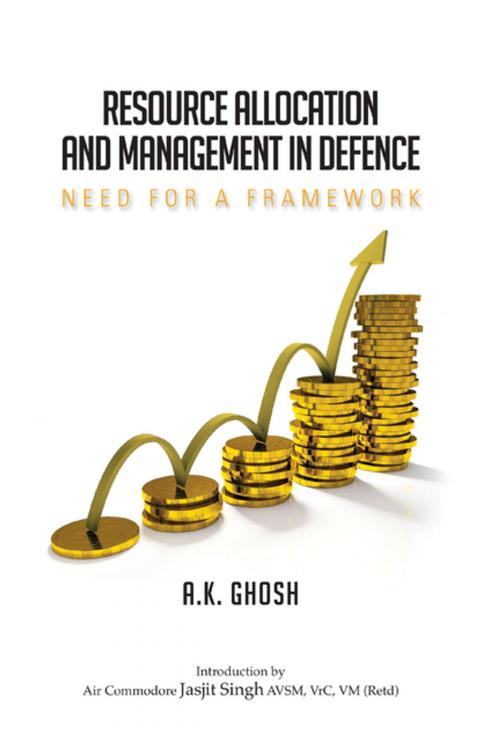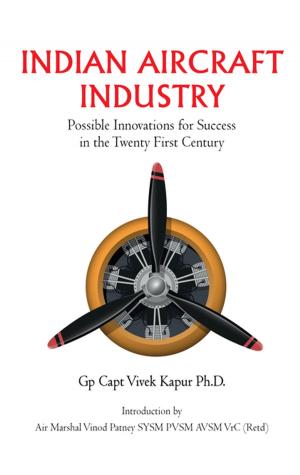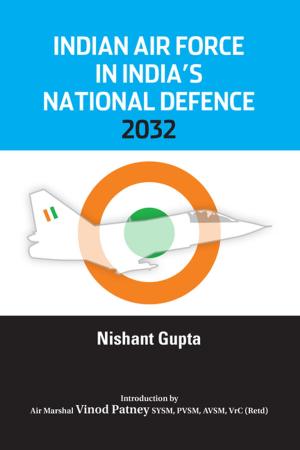| Author: | Mr A K Ghosh | ISBN: | 9789385714962 |
| Publisher: | KW Publishers | Publication: | January 15, 2013 |
| Imprint: | KW Publishers | Language: | English |
| Author: | Mr A K Ghosh |
| ISBN: | 9789385714962 |
| Publisher: | KW Publishers |
| Publication: | January 15, 2013 |
| Imprint: | KW Publishers |
| Language: | English |
The question that faces governments and militaries the world over is how best to allocate resources for management of defence in the new age. This book, by Shri A.K. Ghosh who has an economics background, explores the framework for change in resource allocation and capability building. It emphasises the importance of introducing programming in Indian defence to serve as a link between defence planning and budgeting. Them is match between defence planning and budgeting needs to be connected by the introduction of resource constrained budgeting, having a multi-year perspective. The RMA, force modernisation, cost-benefit analysis,management of risks, and internal and external audits are among the many issues the author has provided a perspective on. It is argued by the author that defence needs to be viewed as a giant business and, where possible, business practices should be introduced. The book is recommended reading forth planners and decision-makers of defence management and will benefit readers from the armed forces as well. The lay readers interested in the subject of national defence and security will also find it useful and interesting.
The question that faces governments and militaries the world over is how best to allocate resources for management of defence in the new age. This book, by Shri A.K. Ghosh who has an economics background, explores the framework for change in resource allocation and capability building. It emphasises the importance of introducing programming in Indian defence to serve as a link between defence planning and budgeting. Them is match between defence planning and budgeting needs to be connected by the introduction of resource constrained budgeting, having a multi-year perspective. The RMA, force modernisation, cost-benefit analysis,management of risks, and internal and external audits are among the many issues the author has provided a perspective on. It is argued by the author that defence needs to be viewed as a giant business and, where possible, business practices should be introduced. The book is recommended reading forth planners and decision-makers of defence management and will benefit readers from the armed forces as well. The lay readers interested in the subject of national defence and security will also find it useful and interesting.















